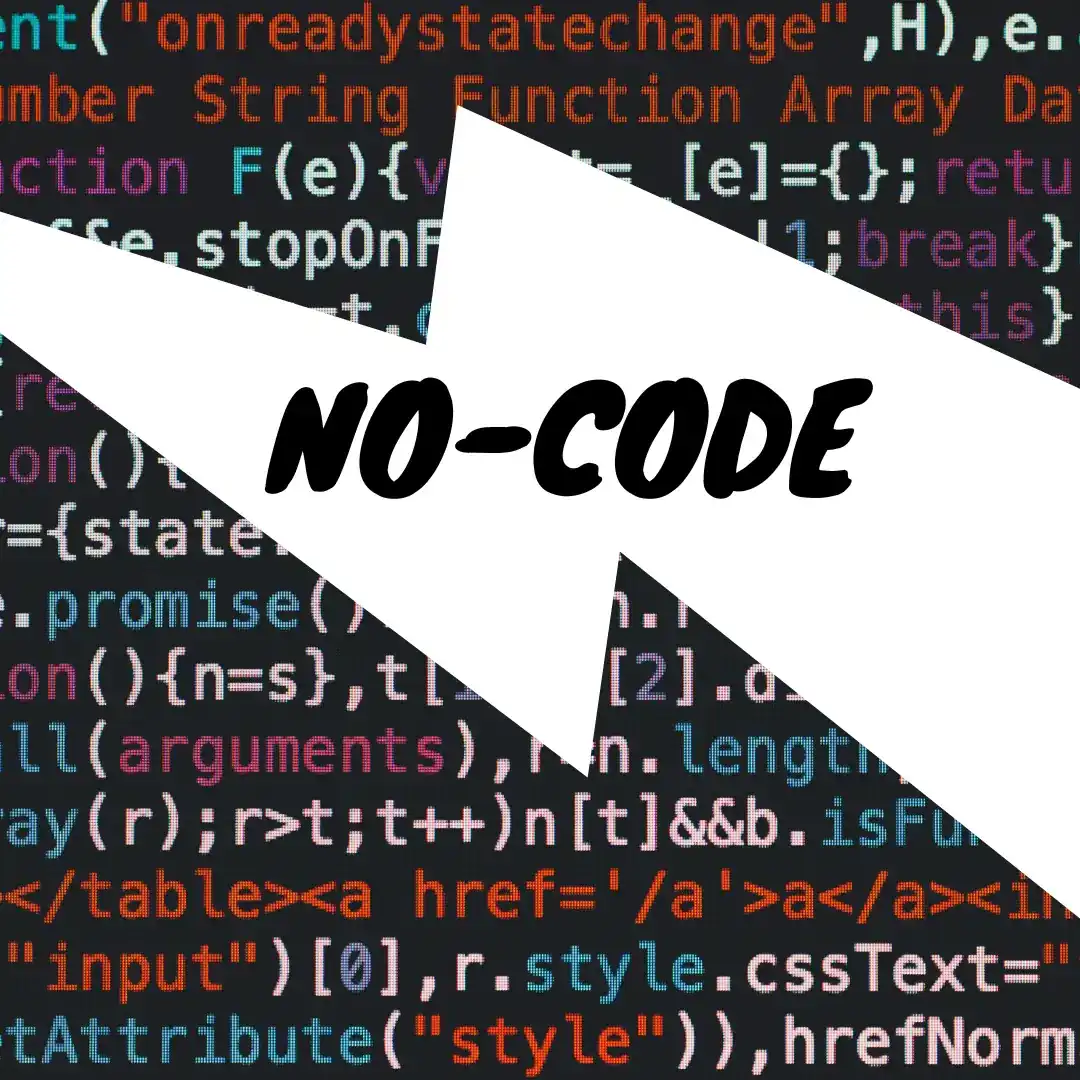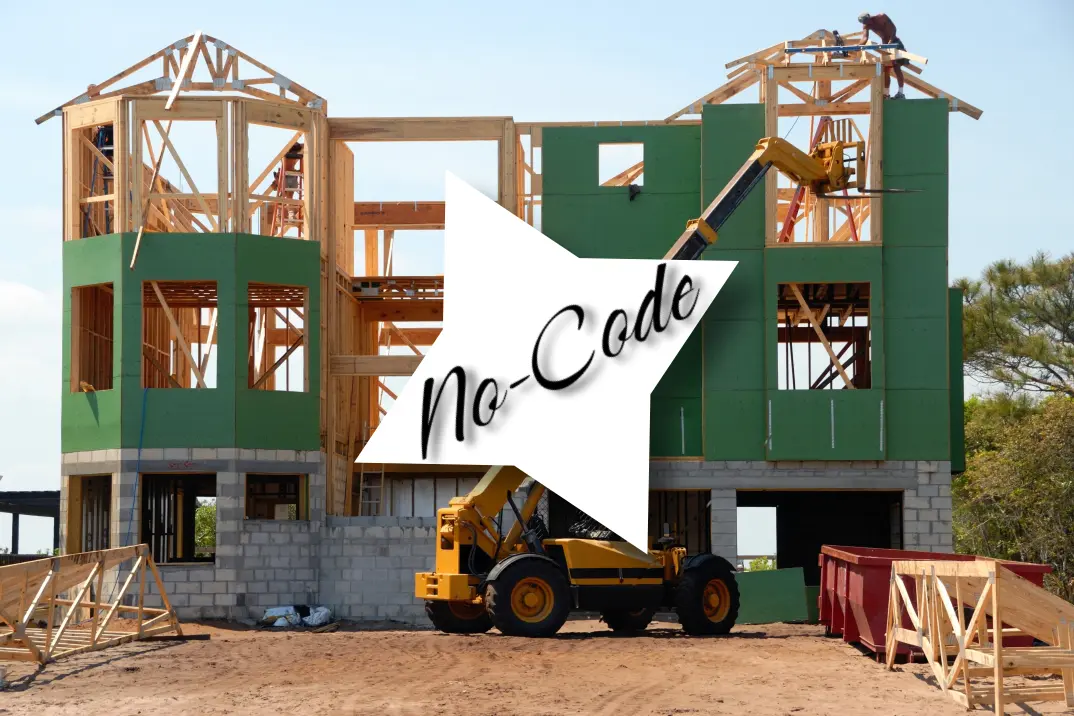The Reality of No-Code Builder Applications: Understanding the Minimum Knowledge Required for Successful Application Development

No-code builder applications have gained significant popularity in recent years due to their promise of empowering individuals without programming expertise to build their applications. While these tools certainly lower the entry barriers, it is important to understand that developing a truly functional and sustainable application still requires a certain level of foundational knowledge. In this article, we will explore the misleading notion that anyone can effortlessly create an application using no-code builders, and shed light on the minimum knowledge required to build secure, long-term applications.
Algorithms and Logical Thinking
No-code builders may abstract away the coding aspect, but they do not eliminate the need for logical thinking and understanding algorithms. Developing an application requires breaking down complex problems into logical steps and designing efficient algorithms to solve them. Users must possess the ability to analyze and structure their application's functionality effectively, even if they don't need to write code explicitly.
User Roles and Permissions
Building an application often involves defining user roles and permissions to control access to various features and data. While no-code builders offer pre-built authentication systems, users must understand how to configure and customize these roles to fit their application's specific requirements. Adequate knowledge of user management concepts is crucial to ensure proper security and data privacy.
User Interface (UI) Design
Creating an intuitive and visually appealing user interface is an essential aspect of application development. While no-code builders provide drag-and-drop interfaces and pre-designed components, understanding UI design principles is vital to deliver a seamless user experience. Familiarity with concepts such as information architecture, usability, and responsive design will enable users to build interfaces that effectively meet their users' needs.
Database Relationships and Normalization
To create robust and scalable applications, it is necessary to grasp the fundamentals of database design, including relationships between data entities and normalisation techniques. No-code builders offer pre-built database models, but users must understand how to define relationships, handle data integrity, and optimise database structures for efficient querying. Without this knowledge, applications may suffer from performance issues and data inconsistencies.
Security and Long-Term Sustainability
Building secure applications is a critical consideration, even when utilising no-code builders. Users need to comprehend best practices for securing user data, preventing common vulnerabilities (e.g., SQL injection, cross-site scripting), and implementing authentication and authorisation mechanisms. Furthermore, understanding scalability, maintainability, and code organisation principles is essential for creating a sustainable long-term application.
No-code builder applications provide an excellent entry point for individuals without programming backgrounds to venture into application development. However, it is essential to dispel the misconception that no prior knowledge is required. Successful application development demands a minimum understanding of algorithms, user roles, UI design, database relationships, normalization, security, and sustainability. Embracing these core concepts empowers users to build secure, scalable, and user-friendly applications that stand the test of time. So, while no-code builders democratize app development, they still require a certain level of foundational knowledge for optimal results.

